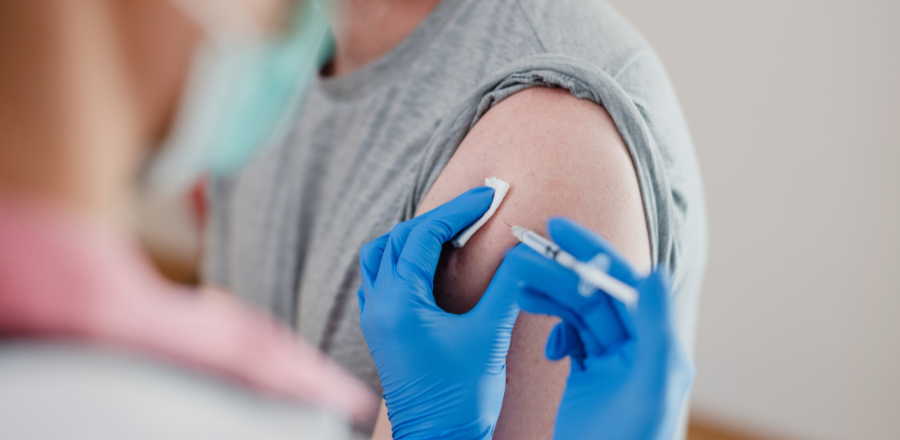As part of the Profitable Feeding Systems Field Days, Agriculture Victoria dairy and livestock specialist Scott McDonald presented his five-step approach used when working with farmers considering investing in feed infrastructure or a feeding area on their farm.
Step 1: Why do I need to invest in a feeding area?
The first question is – why are you building a new feed area? Some of the common answers include – to help fill the feed gaps when pasture is limiting, to reduce feed waste, because you are chasing a flat milk price incentive, you need a contingency area in a fire or flood or you need an area to put the cows to protect pasture from pugging in winter and protecting residuals in summer.
By determining the motivation for investing in new feeding infrastructure, it helps to define what an appropriate level of investment should be. One size doesn’t fit all.
For example, in some situations something simple like a well-designed dirt feeding area with hay rings and plenty of water might be the most logical and profitable solution. In another situation this may not be adequate and a greater investment in concrete and earthworks may be justified.
Trying to minimise feed waste is an important consideration, but it shouldn’t be the only motivation for investing in a feeding area. Other factors apart from where feed is fed out can contribute to feed wastage such as poorer quality feed being refused by the cows, or over allocation of feed. A comprehensive assessment of the current situation needs to be considered.
Step 2: What type of system?
You need to be clear on what you are trying to achieve. Some of the questions you will need to consider are:
- How are you going to use the new feeding area?
- Is it just going to be a top up area on the entrance or exit of the dairy?
- And how many hours a day is the herd going to spend on the feeding area?
Other questions include:
- Are you going to use the feeding area all year round or just for short bursts during the year?
- Do you need to build it so every cow in the herd can eat at the same time or will the herd pass through the area over an extended time period, so a smaller feeding area will do?
- And do you need to build a bigger feeding area compared to what you currently need to allow for an increase in herd size?
Finally, think about if you are better off to have a permanent system or something that is easy to relocate and if what you are proposing to build ultimately fit in with your desired feeding system now and into the future.
Step 3: Costing the system and the ripple effect
Some of the simple systems can be cheap but effective and will meet your identified needs well. For example, a simple sacrifice paddock with hay rings that the cows might spend three to six hours a day for two to three months of the year, might meet your requirements and be as cheap as $50 per cow.
In contrast a concrete sloped pad would be more appropriate if the herd is spending 8–12 hours a day in the feeding area for 12 months of the year. This kind of feeding infrastructure would cost more like $800 per cow.
The message here is you need to right size your level of investment in the feeding area depending on the type of system you have decided to build and how you are going to use the feeding area.
It’s a worthwhile exercise to calculate what your payback period will be on the level of investment. It’s also good to work with a trusted advisor when estimating these numbers.
Also, you need to consider the ripple effect of the type of system you choose to implement. The ripple effect refers to the other aspects that might be affected once the feed infrastructure is commissioned. For example, you most likely will need to increase your effluent holding capacity if you have a new larger concreted area.
The intensity of use of laneways to the feeding area will increase so they may need upgrading. The machinery used to feed out might need to be upgraded if larger volumes of feed are to be fed out in the new area.
Step 4: Planning a system
Before you order the concrete truck spend some time carefully planning.
To get it right the first time some of the things you should consider include:
- What’s the best location for the new feeding area?
- How am I going to clean the feeding area?
- Where will I store the piles of solids that will be scraped off the pad?
- Have I considered cow comfort and cow flow when designing the feed pad?
- Do I need any planning permits? It’s no good realising you don’t have power to run the effluent pump at the bottom end of your feedpad after the concrete has set.
As Benjamin Franklin said, “If you fail to plan, you are planning to fail!” Agriculture Victoria has a web-based tool that can assist in the planning process of your next farm development. Google ‘Navigating Farm Developments’ to find it.







